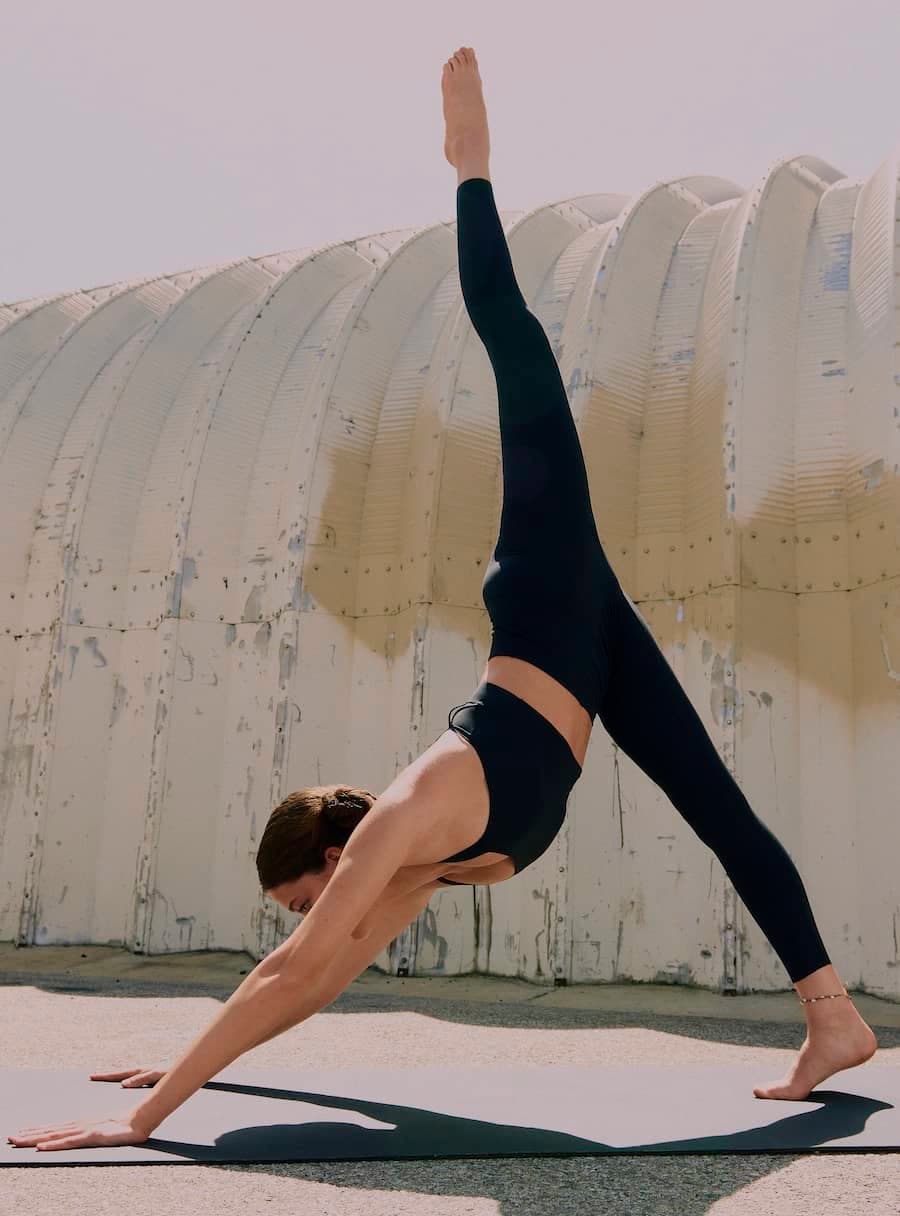Yoga is known to help reduce the aches and pains of runners while also improving their strength and flexibility. This article offers ten yoga poses that are specifically beneficial for runners. The poses include Downward-Facing Dog, Warrior I, High Lunge, Tree Pose, Pigeon Pose, Bridge Pose, Garland Pose, Half Moon Pose, Child’s Pose, and Corpse Pose. The poses target various muscle groups, including the hamstrings, calves, Achilles tendons, shoulders, arms, hip flexors, glutes, lower back, and ankles. Incorporating these poses into a runner’s training routine can help them become stronger and more flexible while reducing the risk of injury.
10 Yoga Poses for Improved Running Performance
If you are an avid runner, then you are no stranger to the aches and pains that come with the sport. Tight muscles, restricted range of motion, and inflammation are just a few of the common issues that plague runners. But did you know that incorporating yoga into your training routine can help reduce these issues and improve your running performance? Here are ten yoga poses that can help you become a stronger and more flexible runner.
1. Downward-Facing Dog
This pose is excellent for stretching the hamstrings, calves, and Achilles tendons while also strengthening the shoulders and arms. Start in a tabletop position, then push your hips up and back, creating an inverted V-shape with your body. Press your hands into the mat and lift your sitting bones towards the ceiling. Hold for five to ten breaths.
2. Warrior I
Warrior I is a great pose for strengthening the legs and improving balance. From a standing position, step one foot back and turn it outwards at a 45-degree angle. Sink into a lunge with your front knee directly over your ankle. Reach your arms up towards the ceiling and gaze forward. Hold for five to ten breaths before switching sides.
3. High Lunge
High lunge is another great pose for stretching the hip flexors and building strength in the legs. From a standing position, step one foot back and bend both knees, sinking into a lunge. Make sure your front knee is directly over your ankle and reach your arms up towards the ceiling. Hold for five to ten breaths before switching sides.
4. Tree Pose
Tree pose is an excellent pose for improving balance and strengthening the ankles. From a standing position, shift your weight onto one foot and slowly raise the other foot to rest on your inner thigh. Press your foot and thigh together and engage your core. Bring your hands together at your heart center and hold for five to ten breaths before switching sides.
5. Pigeon Pose
Pigeon pose is a great pose for stretching the hips and buttocks. Start in a tabletop position, then bring one knee forward and out to the side, placing your ankle near the opposite wrist. Sink into the stretch and support yourself with your hands or elbows. Hold for five to ten breaths before switching sides.
6. Bridge Pose
Bridge pose is an excellent pose for strengthening the glutes and lower back while also stretching the hip flexors. Lie on your back with your knees bent and your feet hip-distance apart. Press your feet into the mat and lift your hips towards the ceiling. Hold for five to ten breaths before releasing to the mat.
7. Garland Pose
Garland pose is a great pose for opening the hips and stretching the groin muscles. Start in a standing position with your feet hip-distance apart. Bend your knees and sink down into a squat, bringing your hands to your heart center. Press your elbows into your inner thighs to deepen the stretch. Hold for five to ten breaths.
8. Half Moon Pose
Half Moon pose is a great pose for improving balance and strengthening the legs. From a standing position, reach your arms up towards the ceiling, then shift your weight onto one foot and raise the other foot off the ground. Reach your raised foot behind you as you extend your other arm towards the ground. Hold for five to ten breaths before switching sides.
9. Child’s Pose
Child’s pose is a great pose for stretching the lower back and hips while also calming the mind. Start in a tabletop position, then sit back onto your heels and extend your arms forward. Rest your forehead on the mat and breathe deeply for five to ten breaths.
10. Corpse Pose
Corpse pose is a great pose for relaxing the body and mind after a run. Lie on your back with your arms by your sides and your legs extended. Breathe deeply and allow your body to sink into the mat. Hold for as long as you like.
Incorporating these ten yoga poses into your training routine can help reduce the aches and pains that come with running while also improving your strength and flexibility. Give them a try and see how they can benefit your running performance.
